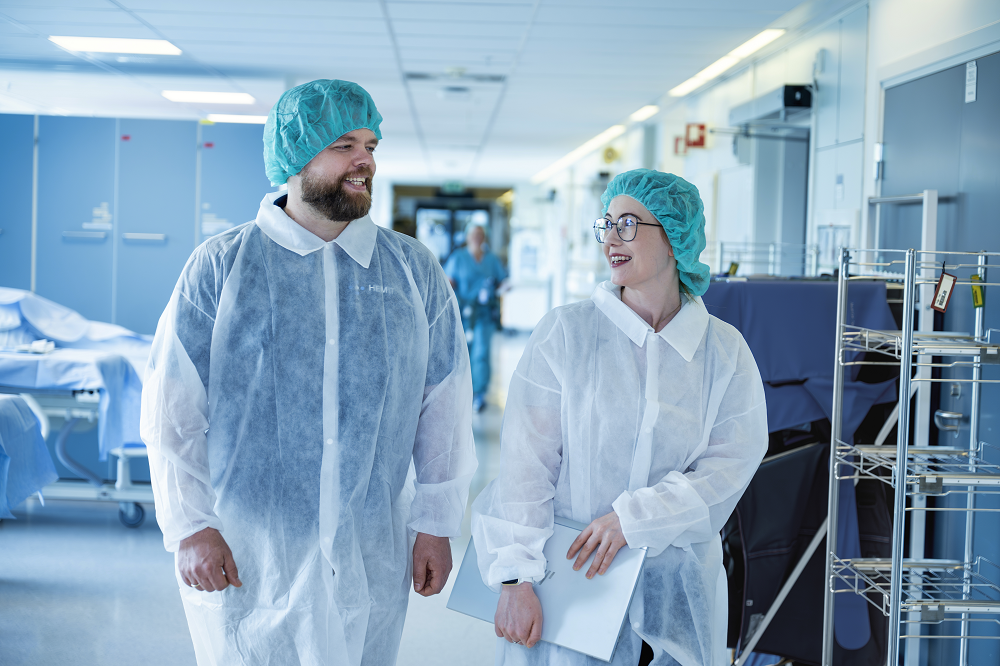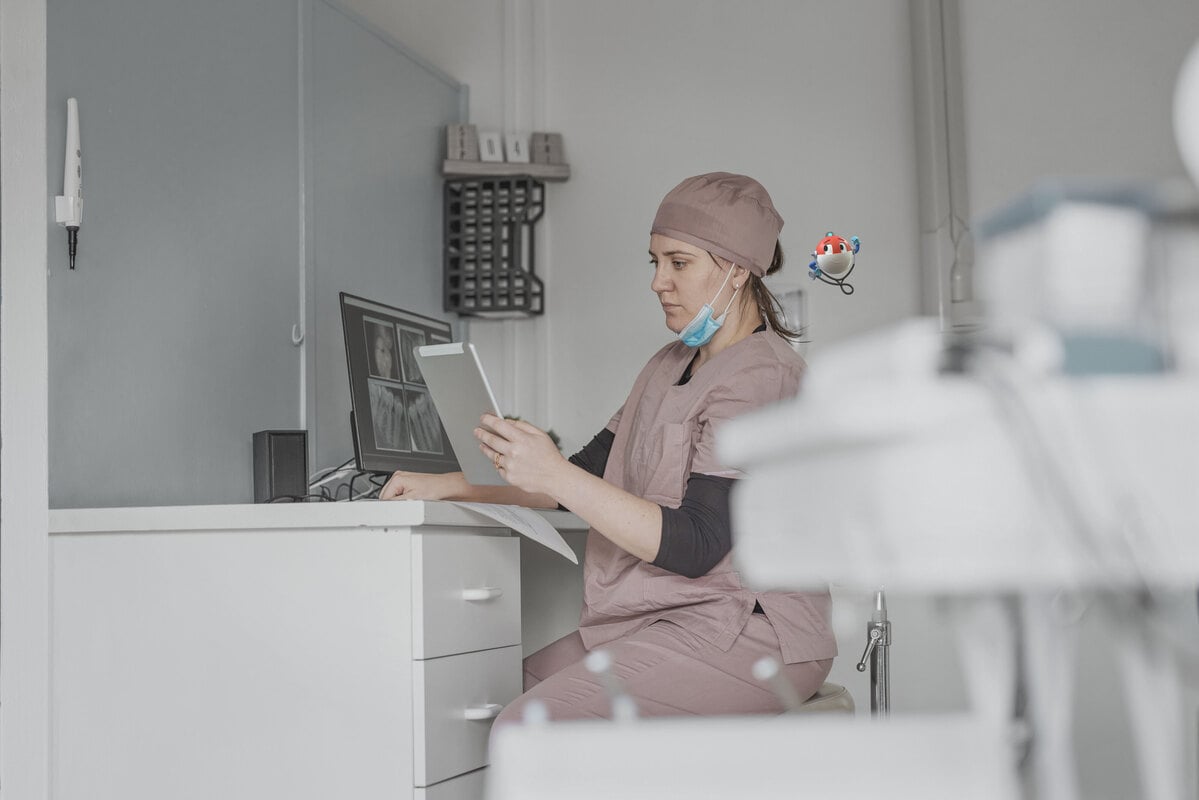
Client:ApprioHealth
Industry:Healthcare
Region:North America
ApprioHealth Streamlines Time-to-Payment for Healthcare Providers Using RPA and AI Computer Vision

7X
increase in volume of claims managed
20X
increase in volume of claims touched
96%
reduction of claims backlog
Client Overview
Apprio Inc. provides specialized technology solutions for Defense, Homeland Security, and Federal Healthcare clients. As a subsidiary ApprioHealth helps hospitals, clinics, and healthcare providers deal with the growing number of digital forms and databases that are part of today’s healthcare infrastructure. One of ApprioHealth’s specialties is facilitating medical insurance claims, including Medicaid enrollment and claims processing, to accelerate and maximize reimbursements.
The healthcare industry is notorious for requiring mountains of forms and data entry. With help from AI Computer Vision, ApprioHealth helps its customers process a higher volume of information accurately and efficiently, resulting in improved financial and operating performance.
Apprio Inc. provides specialized technology solutions for Defense, Homeland Security, and Federal Healthcare entities. Their commercial revenue cycle subsidiary ApprioHealth helps hospitals, clinics, and healthcare providers deal with the growing number of digital forms and databases that are part of today's healthcare infrastructure. One of ApprioHealth's specialties is facilitating medical insurance claims, including Medicaid enrollment and claims processing, to accelerate and maximize reimbursements for their customers.
ApprioHealth was an early adopter of technology to facilitate the reduction or removal of repetitive or mundane tasks associated with healthcare eligibility and claim submission. Their team started using robotic process automation (RPA) almost 10 years ago to execute automated processes to handle Medicaid applications and insurance reimbursement. When they started, the use of APIs was still immature, but over time they found themselves querying the same websites and portals repeatedly to gather information and for status updates. Rather than requiring employees to track the status of applications one by one, ApprioHealth used RPA to automate the process. However, technology and claims processes change over time and it became impossible to maintain those original automated processes, so they turned to UiPath and AI Computer Vision.
By deploying AI Computer Vision, ApprioHealth has been able to harness the screen optical character recognition (OCR) capability developed by UiPath to automate data entry processes, capturing, and converting data from different screen images and web interfaces. By adopting this OCR-based solution, ApprioHealth could create a scalable, automated system that can read and ingest massive amounts of data from different systems to create a more efficient process and shorten time-to-collection, reducing operating overhead.
The Power of AI Computer Vision
One of the reasons that UiPath developed AI Computer Vision was to enable automations that run over virtual desktop infrastructure environments (VDIs) such as Citrix, VMware, and Windows Remote Desktop. VDIs had previously been a challenge for RPA, and with the release of AI Computer Vision, UiPath had deployed a solution to address this universal challenge. AI Computer Vision is capable of “seeing” and translating every part of the computer screen, so RPA can be used with any VDI, regardless of the platform or operating system.
AI Computer Vision uses an algorithm that powers human-like recognition of user interfaces using a mix of AI and an in-house developed screen OCR solution to capture elements of the user interface. As a result, the system uses the text and images presented on the screen, allowing robots to see the screen just as a human would.
For ApprioHealth AI Computer Vision was the ideal solution to upgrade their robots for healthcare data systems. The automations they created years ago required a lot of effort to adapt to the new demands of extracting data from the multitude of diverse, ever-changing interfaces that are part of today’s healthcare infrastructure. For example, when the ApprioHealth team tried to modify VBA code to read data from Citrix, they found that it would take developers months to update the application. With AI Computer Vision, ApprioHealth could deploy a new automation in days, using image recognition to manage patient and billing data across systems. Not only was the AI Computer Vision solution easy to learn and easy to use, but it is highly accurate and required almost no developer expertise.
A Seven-fold Gain in RPA Efficiency
Being able to speed up claims processing and increase volume is essential to scaling ApprioHealth’s business. The company also needed a strategy to scale their ability to handle more clients without straining their infrastructure.
By adopting AI Computer Vision, ApprioHealth could improve RPA efficiency to handle seven times the number of claims. Four robots are currently managing seven times the number of claims that four workers were previously handling. This efficiency is not limited to this multiplier and will continue to expand as they add more power to the now automated process.

Our number one objective is to shorten time-to-collection for medial claims, and that requires going out and looking at the applications that are processing those claims.
Will Hamilton • VP of Business Line Development, ApprioHealth
“Instead of having an army of individuals going out daily and looking at thousands of applications we’ve configured UiPath's AI Computer Vision solution, to enable our digital workforce to handle more accounts and shorten the collection lifecycle.”
Choosing a Platform That Is Resilient and Reliable
ApprioHealth chose AI Computer Vision to address their immediate need to expand their ability to create automations that can run over Citrix, but UiPath was the obvious choice for other reasons as well. By standardizing on AI Computer Vision, ApprioHealth can not only handle any form accessed through Citrix, but it can accept data from any other VDI, so the system could scale, and adapt to any client need.
Part of the reason ApprioHealth chose AI Computer Vision was for its resilience and reliability. For example, if one of the systems ApprioHealth is tracking for claims is updated or the interface changes, AI Computer Vision can recognize those changes and adapt to accommodate any element that has moved or a graphic that has changed size. Most other systems would require substantial programming revisions.
We've been successful with UiPath products where other vendors couldn't do the job. Using AI Computer Vision, we can do it quickly and ensure it's consistent, without having to worry about constantly updating the automations.
Dan Stoudt • Solutions Architect, ApprioHealth
Delivering Greater Client Satisfaction
Adopting AI Computer Vision has helped ApprioHealth improve customer satisfaction. Once the AI platform was in place, clients were immediately impressed with ApprioHealth’s ability to deal with the volume of backlogged claims, and the ability to handle the growing number of additional claims.
During the COVID-19 pandemic, hospitals were seeing a larger influx of patients at the same time they were losing staff to illness and layoffs. Thanks to improved RPA-driven claims processing, ApprioHealth has been able to keep pace with new demands while also reducing the number of backlogged claims by 96%. This accomplishment was a huge win for their customers, helping their financial performance during a very difficult period. Additionally, ApprioHealth could adopt a more consultative role with their customers, being able to design and create new automations to identify and handle claim exceptions more efficiently and in record time.
As ApprioHealth maps out new services and solutions for the future, they are looking to AI Computer Vision and other UiPath tools to help them expand their processing power to handle not only more healthcare insurance claims, but additional processes contained within the revenue cycle. Their parent company Apprio is building on the success of ApprioHealth and is offering similar services within their government customer base since RPA technology is agnostic and AI-driven, VDI recognition can be invaluable in many operating environments. And the technology is easy to use, as well as scalable, so they won’t have to rely on the availability of developers to expand their business.
Related case studies
Ready for your own case study?
Speak to our team of knowledgeable experts and learn how you can benefit from RPA.




